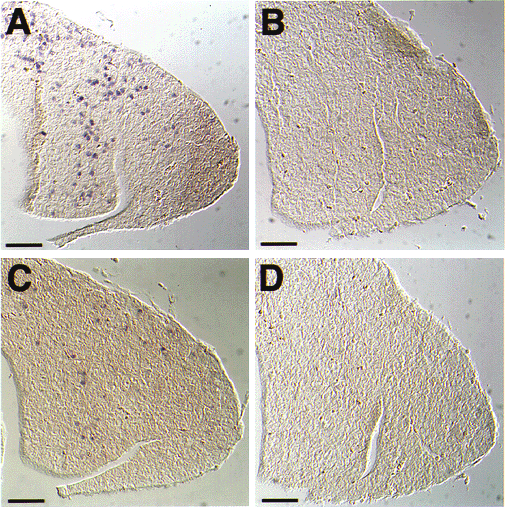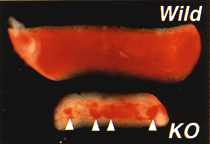NATIONAL INSITUTE FOR BASIC BIOLOGY

National Institute for Basic Biology
DIVISION OF CELL DIFFERENTIATION
- Professor:
- Ken-ichirou Morohashi
- Research Associate:
- Satoru Ishihara
- Technical Staff:
- Sanae Oka
- Post Doctral Fellow:
- Naoe Kotomura
- Graduate Students:
- Ken Kawabe (Kyushu University)
- Tokuo Mukai (Kyushu University)
- Hirofumi Mizusaki (The Graduate University for Advanced Studies)
- Tatsuji Shikayama (Kyushu University)
- Hayato Yokoi (Nagoya University)
- Akira Nanba (University of Tokyo)
- Ryoji Matsushima (Nagoya University)
- Tokuo Mukai (Kyushu University)
- Visiting Fellow:
- Yoshiyuki Kojima (Nagoya City University)
- Tetsushi Dodo (Eisai Co. Ltd)
- Assistant:
- Hisae Tsuboi





